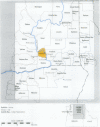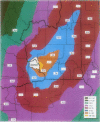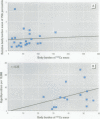Abstract
We found an epidemic of juvenile hypothyroidism among a population of self-defined "downwinders" living near the Hanford nuclear facility located in southeast Washington State. The episode followed massive releases of 131I. Self-reported data on 60 cases of juvenile hypothyroidism (<20 years of age) among a group of 801 Hanford downwinders are presented, as well as data concerning the thyroid status of approximately 160,000 children exposed to radioiodine before 10 years of age as a result of the 26 April 1986 Chernobyl explosion in the former Soviet Union. These children were residents of five regions near Chernobyl. They were examined by standardized screening protocols over a period of 5 years from 1991 to 1996. They are a well-defined group of 10 samples. Fifty-six cases of hypothyroidism were found among boys and 92 among girls. Body burdens of 137Cs have been correlated with hypothyroidism prevalence rates. On the other hand, the group of juvenile (<20 years of age) Hanford downwinders is not a representative sample. Most of the 77 cases of juvenile hypothyroidism in the Hanford group were diagnosed from 1945 to 1970. However, the ratio of reported cases to the county population under 20 years of age is roughly correlated with officially estimated mean levels of cumulative thyroid 131I uptake in these counties, providing evidence that juvenile hypothyroidism was associated with radioiodine exposures. Because even subtle hypothyroidism may be of clinical significance in childhood and can be treated, it may be useful to screen for the condition in populations exposed to radioiodine fallout. Although radiation exposure is associated with hypothyroidism, its excess among fallout-exposed children has not been previously quantified.
Full text
PDF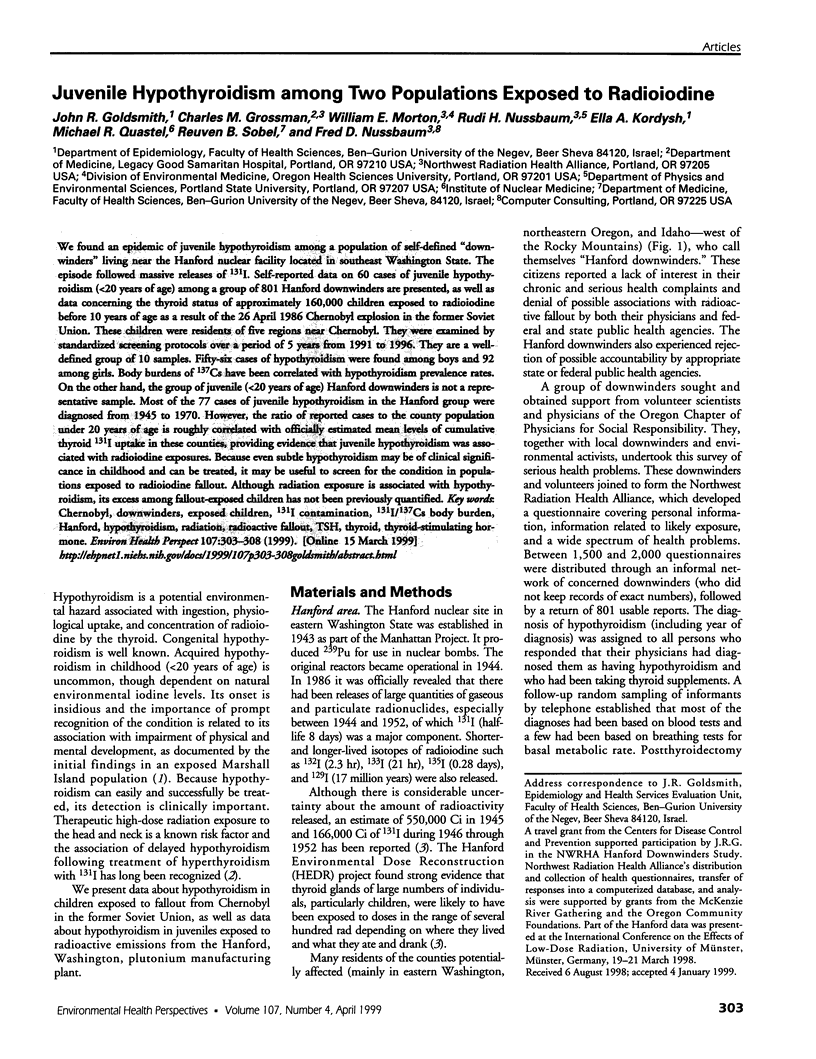
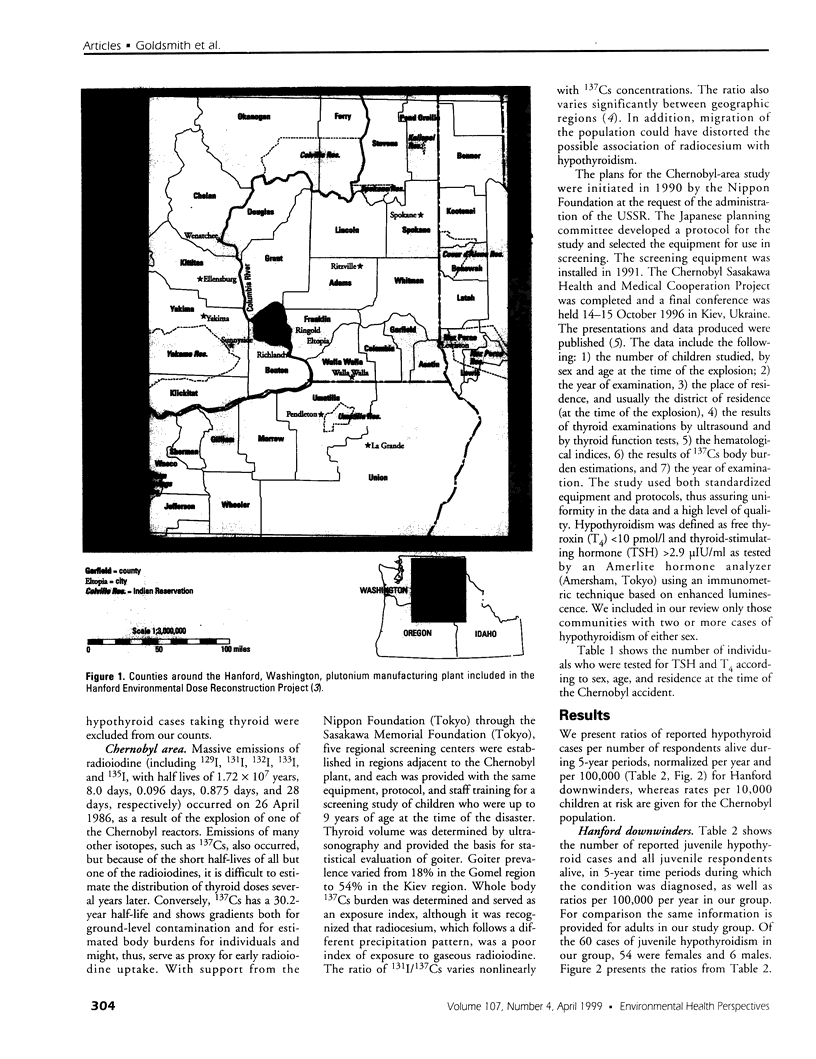
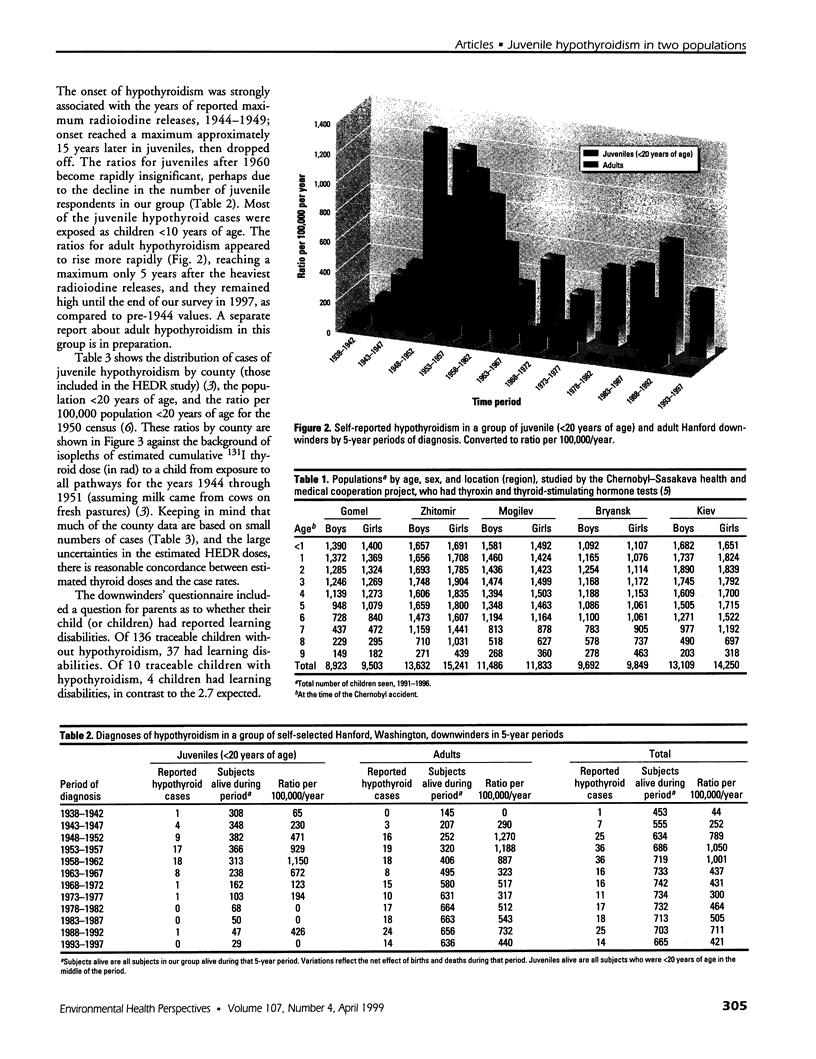
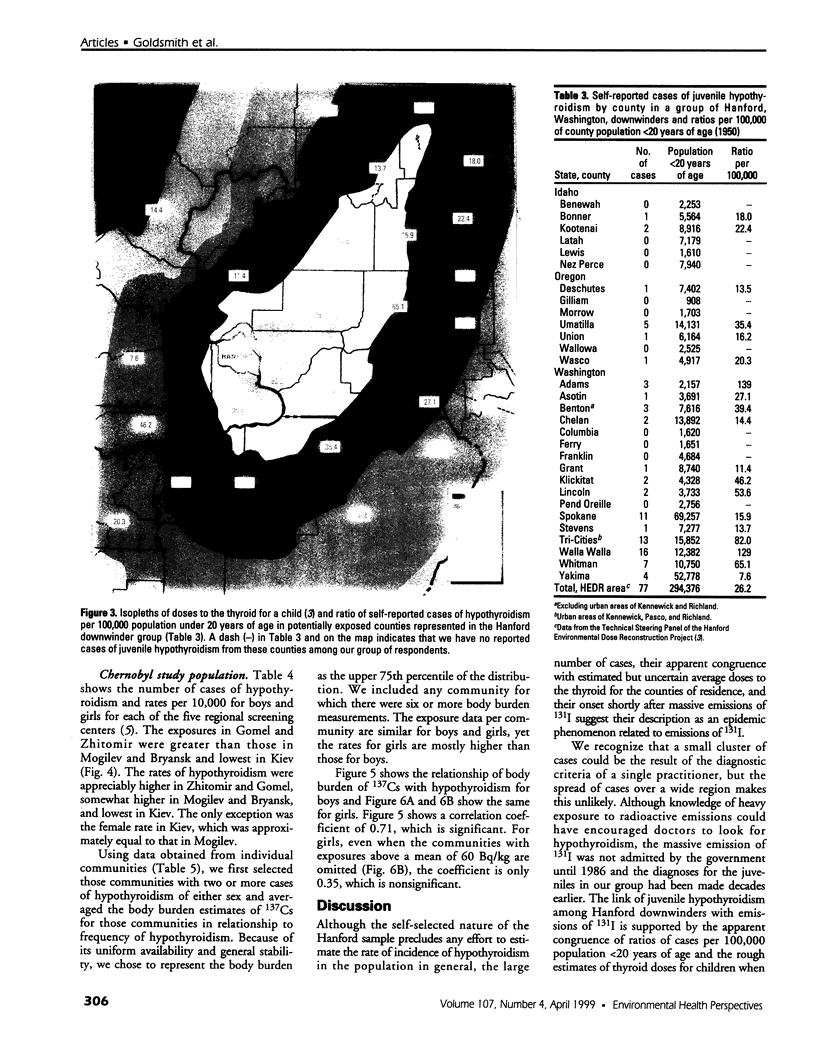
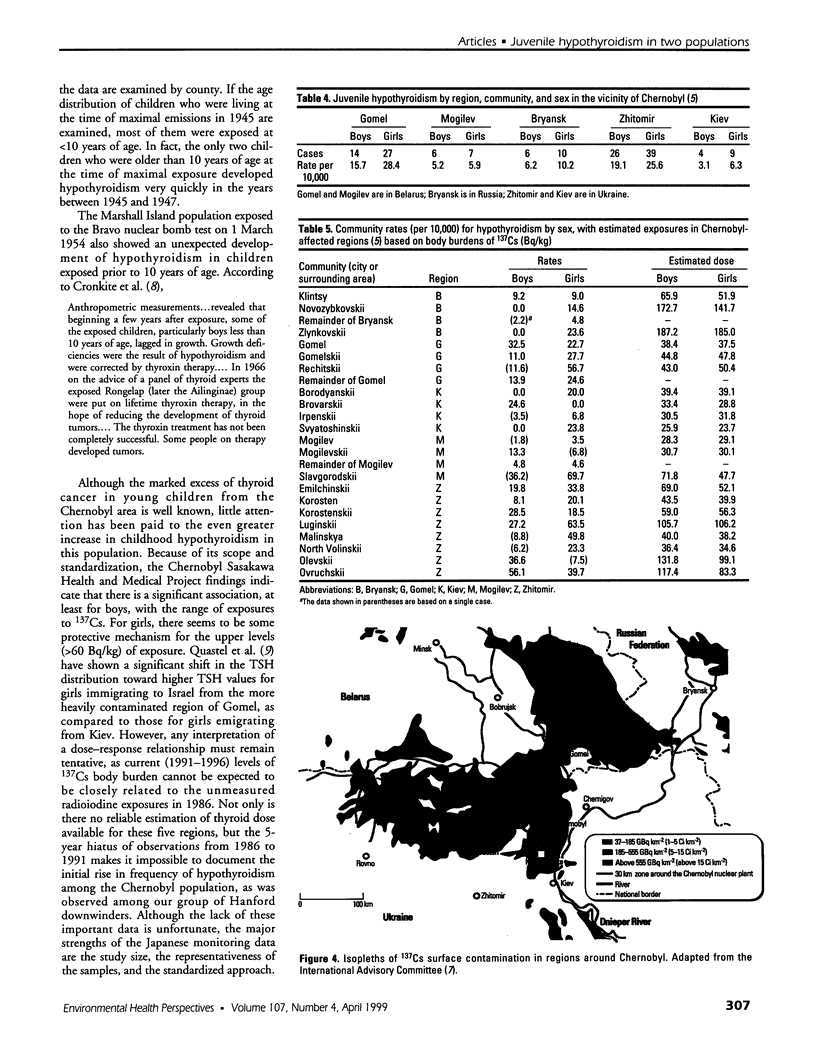
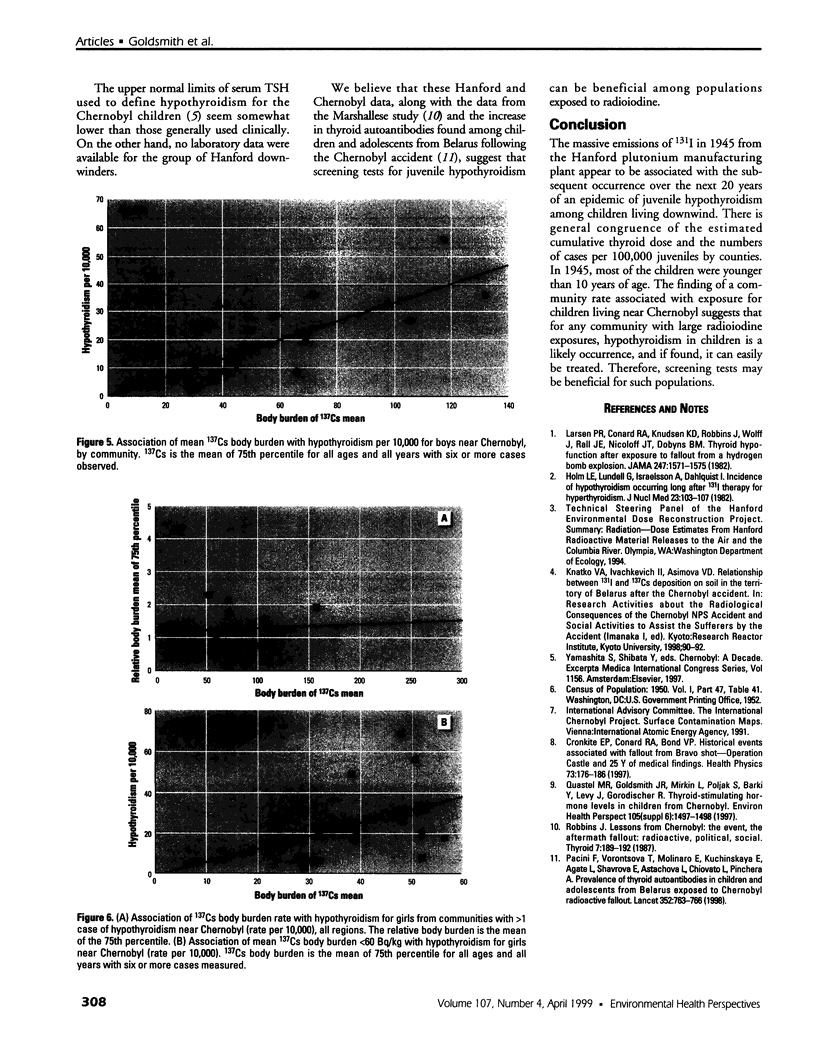
Images in this article
Selected References
These references are in PubMed. This may not be the complete list of references from this article.
- Cronkite E. P., Conard R. A., Bond V. P. Historical events associated with fallout from Bravo Shot--Operation Castle and 25 Y of medical findings. Health Phys. 1997 Jul;73(1):176–186. doi: 10.1097/00004032-199707000-00014. [DOI] [PubMed] [Google Scholar]
- Holm L. E., Lundell G., Israelsson A., Dahlqvist I. Incidence of hypothyroidism occurring long after iodine-131 therapy for hyperthyroidism. J Nucl Med. 1982 Feb;23(2):103–107. [PubMed] [Google Scholar]
- Larsen P. R., Conard R. A., Knudsen K. D., Robbins J., Wolff J., Rall J. E., Nicoloff J. T., Dobyns B. M. Thyroid hypofunction after exposure to fallout from a hydrogen bomb explosion. JAMA. 1982 Mar 19;247(11):1571–1575. [PubMed] [Google Scholar]
- Quastel M. R., Goldsmith J. R., Mirkin L., Poljak S., Barki Y., Levy J., Gorodischer R. Thyroid-stimulating hormone levels in children from Chernobyl. Environ Health Perspect. 1997 Dec;105 (Suppl 6):1497–1498. doi: 10.1289/ehp.97105s61497. [DOI] [PMC free article] [PubMed] [Google Scholar]
- Robbins J. Lessons from Chernobyl: the event, the aftermath fallout: radioactive, political, social. Thyroid. 1997 Apr;7(2):189–192. doi: 10.1089/thy.1997.7.189. [DOI] [PubMed] [Google Scholar]



